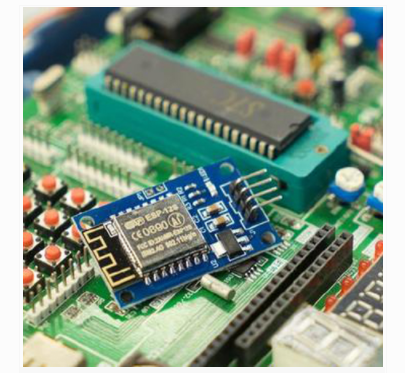Cause analysis of circuit board parts falling or tin cracking
Many friends in circuit board factories often ask: How can BGA be designed to strengthen and improve its strength to prevent BGA from cracking? Because some customers complained about the BGA cracking of the circuit board, the company must have someone responsible for it.
In fact, isn't it the top leaders who should be most responsible? The product design is required to be light and thin, and it is also required to make progress. The original 12-month new product cycle has been shortened to nine months, and now it has been compressed to six months. Moreover, the ID has been constantly changing, and the progress has been changed. (Schedule) If the product design cannot be delayed, and the product design is perfect, these engineers can only sell their lives and sell their livers, and everyone is in danger. How did this company culture become like this?
Before we start discussing this topic, we must first understand why the BGA cracks? Putting aside the manufacturing problem, assuming that all the BGA solder balls are well welded and the IMC is well formed, but BGA cracks still occur, the most important reason should be Stress. The reason for this determination is that all products have been analyzed., The problem of parts falling or cracking on the circuit board is almost absolutely related to stress.

The stress sources of circuit board parts falling or tin cracking are as follows:
1. The stress comes from external impact or pressure
Take a mobile phone as an example. The most likely external stress is the bending in the pocket (iPhone6plus bending door event), or the impact caused by accidentally falling on the ground.
2. Stress comes from internal creep
For example, when a circuit board or BGA package undergoes a high temperature reflow, the stress will be released until it reaches a balance point before it stops. This balance point may also be when the solder ball cracks.
3. The stress comes from thermal expansion and contraction caused by environmental temperature changes
In some areas, it freezes outdoors in winter. When the product moves from a heated indoor environment to the outdoors, drastic temperature changes will occur; in tropical areas, where there is air-conditioning indoors, huge changes in temperature will occur when the product moves from indoor to outdoor. Not to mention accidentally or deliberately putting the product in the car, the temperature rises in the sun during the day, and the temperature drops rapidly at night. The reason why temperature is important is that different materials have different expansion coefficients. The expansion coefficient of circuit board plates is definitely different from that of solder balls, and the materials of BGA packages are also different. Just imagine that ordinary roads and bridges will be designed with "expansion and contraction". "Seam" to reduce the risk of low thermal expansion and contraction of materials, but it seems that electronic materials can only try to find materials with relatively small expansion coefficients.
iPCB is a high-tech manufacturing enterprise focusing on the development and production of high-precision PCBs. iPCB is happy to be your business partner. Our business goal is to become the most professional prototyping PCB manufacturer in the world. Mainly focus on microwave high frequency PCB, high frequency mixed pressure, ultra-high multi-layer IC testing, from 1+ to 6+ HDI, Anylayer HDI, IC Substrate, IC test board,rigid flexible PCB, ordinary multi-layer FR4 PCB, etc. Products are widely used in industry 4.0, communications, industrial control, digital, power, computers, automobiles, medical, aerospace, instrumentation, Internet of Things and other fields.